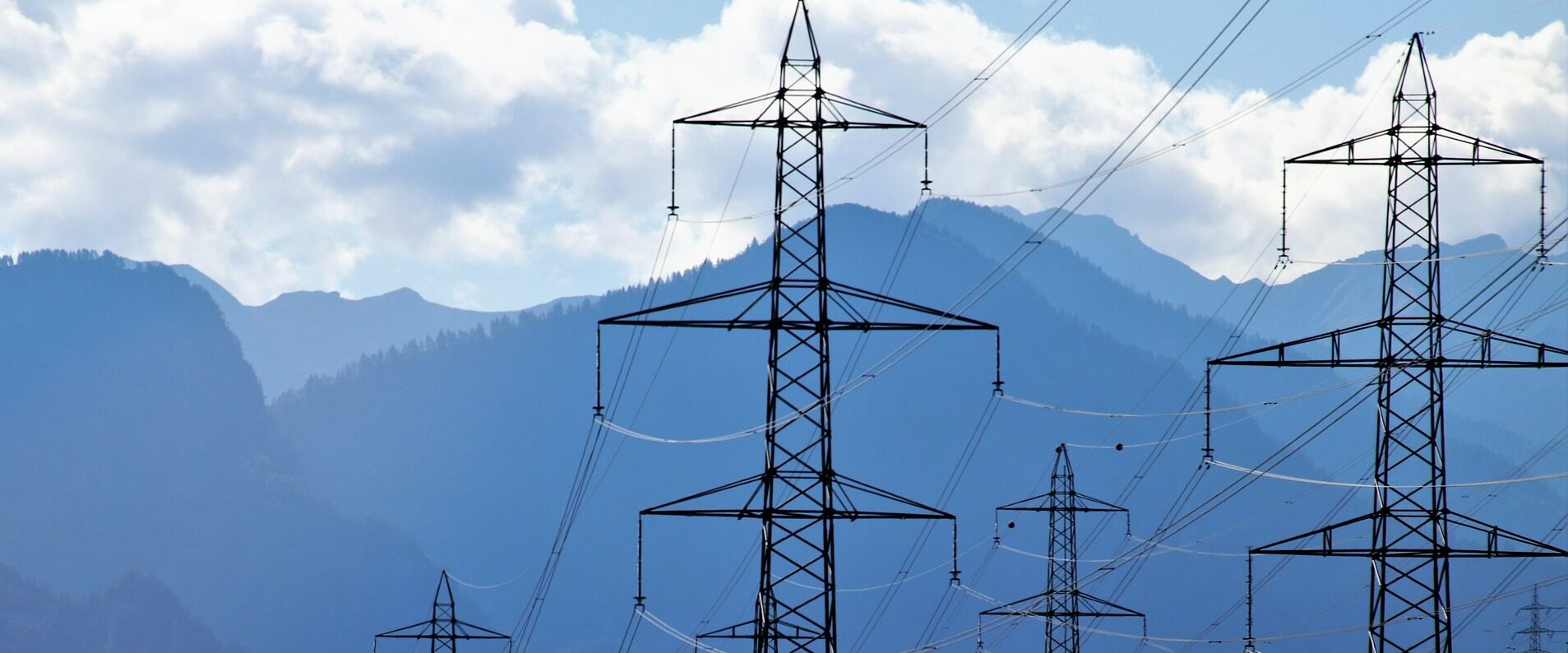
- Recently, China stated at the 76th UN General Assembly that it will develop new energy and low-carbon transition in the future.
In the general debate of the 76th United Nations General Assembly, China stated that it will strongly support the green and low-carbon development of energy in developing countries and will no longer build new overseas coal-fired power projects. This statement is considered to be another major commitment of China after achieving its carbon peak by 2030 and achieving carbon neutrality by 2060. Cambodian experts and industry insiders generally believe that this Chinese decision will have a positive impact on the green development of Cambodia's electricity supply.
Power transition
With an average annual economic growth rate of about 7%, the average annual growth rate of electricity consumption in Cambodia has been about 20% since 2010. The International Renewable Energy Agency (IRENA) has predicted that by 2025, Cambodia's energy demand is expected to increase by 150% to 200%. The shortage of electricity and the high price of electricity are the main problems bothering the Cambodian people, and it greatly affects foreign investment. In recent years, Chinese-funded enterprises' investment in Cambodia's power infrastructure has greatly eased this contradiction in Cambodia.
"China's capital and professional capabilities are vital to Cambodia's energy development and support the increase in Cambodia's electricity penetration rate and the process of industrialization." said Ma Ziyan, a researcher at the International Inclusive Development (IDI) organization. According to statistics from the Chinese Chamber of Commerce in Cambodia, as of the end of 2020, Chinese-funded enterprises have built and put into operation 10 hydropower stations, 1 thermal power station and 2 heavy oil power stations in Cambodia, with a total installed capacity of 2,133 MW, accounting for 73% of Cambodia’s total installed capacity. . In 2020, the on-grid power of Chinese-funded power stations will be approximately 6.394 billion kilowatt-hours, accounting for 75% of the total on-grid power, which has greatly improved Cambodia's power self-sufficiency. At the same time, there are a number of Chinese-funded power generation projects under construction or have been approved by the Cambodian National Assembly.
Despite great progress, Cambodia still needs to import 3.986 billion kilowatt-hours of electricity from Laos, Vietnam and Thailand in 2020, accounting for about 31.89% of total electricity consumption. Cambodia’s own power structure is also under pressure to transform. "Excessive dependence on hydropower has led to power shortages in dry years." Ma Ziyan said, "Cambodia's pollution from coal power construction also has an impact on climate change." The Cambodian government previously announced the suspension of construction of power stations on the mainstream of the Mekong River before 2030. To ensure power supply, several thermal power projects have been approved successively. This move made the environmental protection organization believe that the Cambodian government is heading in the wrong direction.
According to the statistics of the Cambodia Electricity Authority, in 2020, the installed capacity of Cambodia's coal, heavy oil and other non-renewable energy sources will account for 23.15% and 22.08%, respectively, and power generation will account for 46.77% and 7.99% respectively. Bridget, the national director of Cambodia's Energy Lab, which has been advocating the development of renewable energy? Mackintosh said: “Cambodia’s installed coal power capacity may double to around 1,500 megawatts in the next few years.”
In August 2020, six international brands, including Adidas and Nike, which purchase goods from Cambodia, jointly wrote to the Minister of Finance and Economics of Cambodia, saying: “Cambodia is at an important intersection. The development trend of the region is contrary to the road, which reduces the attractiveness to the industry.” The joint letter pointed out that the high proportion of renewable energy in the national grid and the potential to use non-fossil energy for power generation are important reasons for attracting companies to purchase in Cambodia. It is hoped that relevant departments will continue to give priority to the development of renewable energy to ensure that those companies that have made similar “RE100” carbon neutral commitments can continue to purchase in Cambodia.
In this regard, the then spokesperson of the Ministry of Minerals and Energy Victor Jonah believes that compared with other ASEAN countries, Cambodia has a relatively small proportion of fossil energy. "All projects have also undergone environmental impact assessment, and the pollution level is lower than the established standard." He said that the Cambodian government is vigorously developing new energy industries such as solar energy. It plans to increase the installed capacity of solar energy to 1,800 MW by 2030. The proportion of new energy increased to 25%.
China's latest statement has sent a positive signal and brought confidence to people who are worried about Cambodia's energy structure. Recently, Bridget published an article in the Phnom Penh Post on the subject of "China's "Decoal" Declaration Can Purify Cambodia". Her answer is "Yes." She pointed out that China has participated in the construction of most coal power plants in Cambodia. The Chinese side's statement this time is likely to have an impact on those coal power projects that have been approved but not yet constructed and have plans to convert them into renewable energy. Later, she argued from the perspectives of stability, reliability, economy, and construction speed that Cambodia should transition to renewable energy sources such as photovoltaics and wind power as soon as possible in the future. "Perhaps we should be grateful for China's recent statement...giving Cambodia an opportunity to make smarter choices for domestic power development." She said that this will mean more investment, more environmentally friendly employment, more secure energy security and more Balanced trade relations.
Caroline, the head of the Global Green Growth Institute (GGGI) Cambodia? Kaser said that China's statement provides an opportunity for the Cambodian government to reconsider its own power structure. She said that this is not just to deal with the climate crisis, but also out of Cambodia's own economic interests. As the prices of solar, wind, and energy storage technologies continue to fall, “by 2030, it will be cheaper to build new renewable energy power stations around the world than to operate existing coal power”. Moreover, according to the organization's research, renewable energy technology with the same power generation and unit power station will create more jobs than fossil energy technology. "This will make clean energy the core of the green recovery after the epidemic."
Ma Ziyan believes that although follow-up measures need to be observed, China's statement has made China one step closer to the vision of developing a green "Belt and Road". "Cambodia's renewable energy development has just started. China's capital, knowledge and policy support will make China an important contributor to Cambodia's future climate-friendly energy, especially in the field of solar energy."
As we all know, China is the leader in the global new energy field, and Chinese companies have already begun to explore the Cambodian market. A joint venture established by a Chinese-funded enterprise JinkoSolar and a local company has constructed an 80 MW power station in Kompong Speu Province and a 60 MW power station in Kampong Chhnyang Province, which are also Cambodia’s second and third. For solar power plants, JinkoSolar also provides solar panels for a 90 MW power station in Bodhisattva Province. The 39 MW power station in Banteay Meanchey Province, which was generally contracted by China Energy Construction Group Shanxi Institute, has been connected to the grid for power generation in December 2020. All the projects use JA Solar Technology’s battery templates. The 60-megawatt solar power station built by the Chinese-funded listed company Orient Risen in Battambang province has also been connected to the grid for power generation in March 2021, and so on. Chinese companies can also be active in the bidding for new energy projects of the Cambodian Electricity Authority. At present, many Chinese-funded solar energy companies have invested in Cambodia.
In addition to these new energy companies, companies such as China Huaneng, China Huadian, and SINOMACH that have invested in traditional energy projects in Cambodia also have strong new energy project investment, construction and operation capabilities. According to local media reports, in 2019, China Huaneng proposed to the Cambodian government a plan to invest in 200 MW of new energy. In April 2021, China National Machinery Industry Corporation, a subsidiary of SINOMACH, also signed a memorandum of understanding with local Cambodian companies, planning to jointly develop a 200 MW solar project.
In addition to vigorously developing renewable energy, Caroline believes that Cambodia should also work hard to improve energy efficiency. "In the past few decades, major economies such as China, the United States and Europe have invested heavily in improving energy efficiency, because this will bring huge benefits in terms of economic competitiveness and development results." She called on Cambodia to adopt global decarbonization and energy efficiency Continue to develop mechanisms such as dialogue to "ensure that major foreign investors in China, Europe and the United States commit to make broader and more comprehensive green investments that can bring the greatest economic benefits." Keywords: New Energy, One Belt One Road, One Belt One Road News, One Belt One Road Project, Overseas Projects
Obviously, as the main investor and builder of Cambodia's energy infrastructure, China's statement means that Chinese construction companies and financial institutions will make corresponding adjustments to overseas power investment, which will definitely have a positive impact on the green development of Cambodia's energy.Editor/XuNing
Comment
 Praise
Praise
 Collect
Collect
 Comment
Comment
 Search
Search


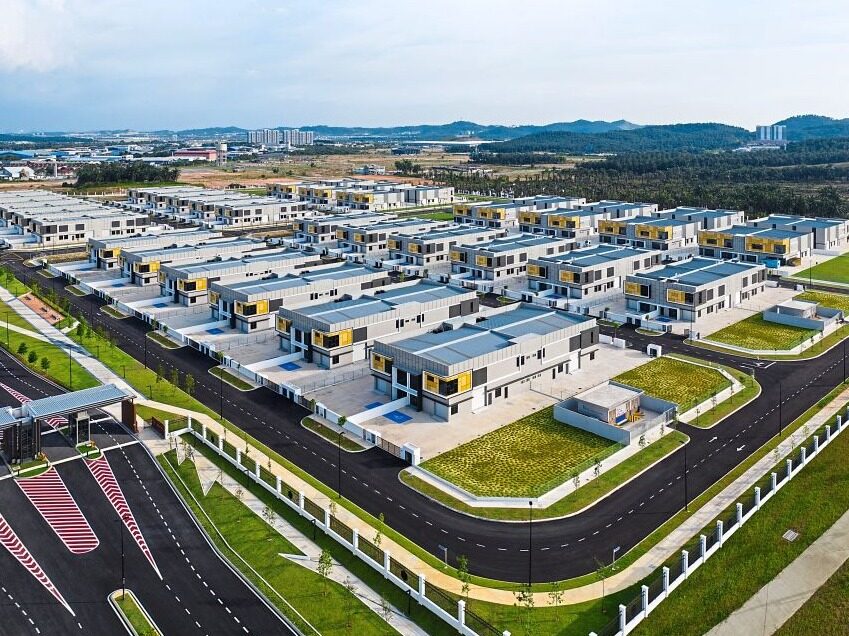
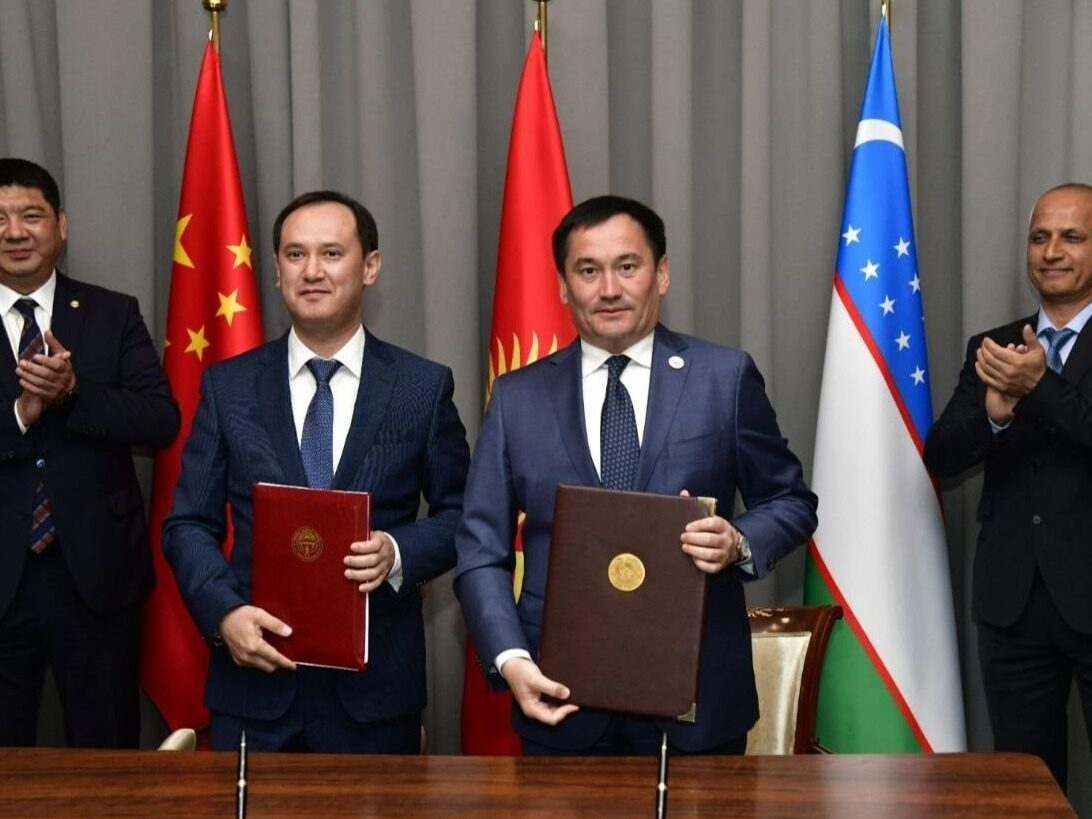
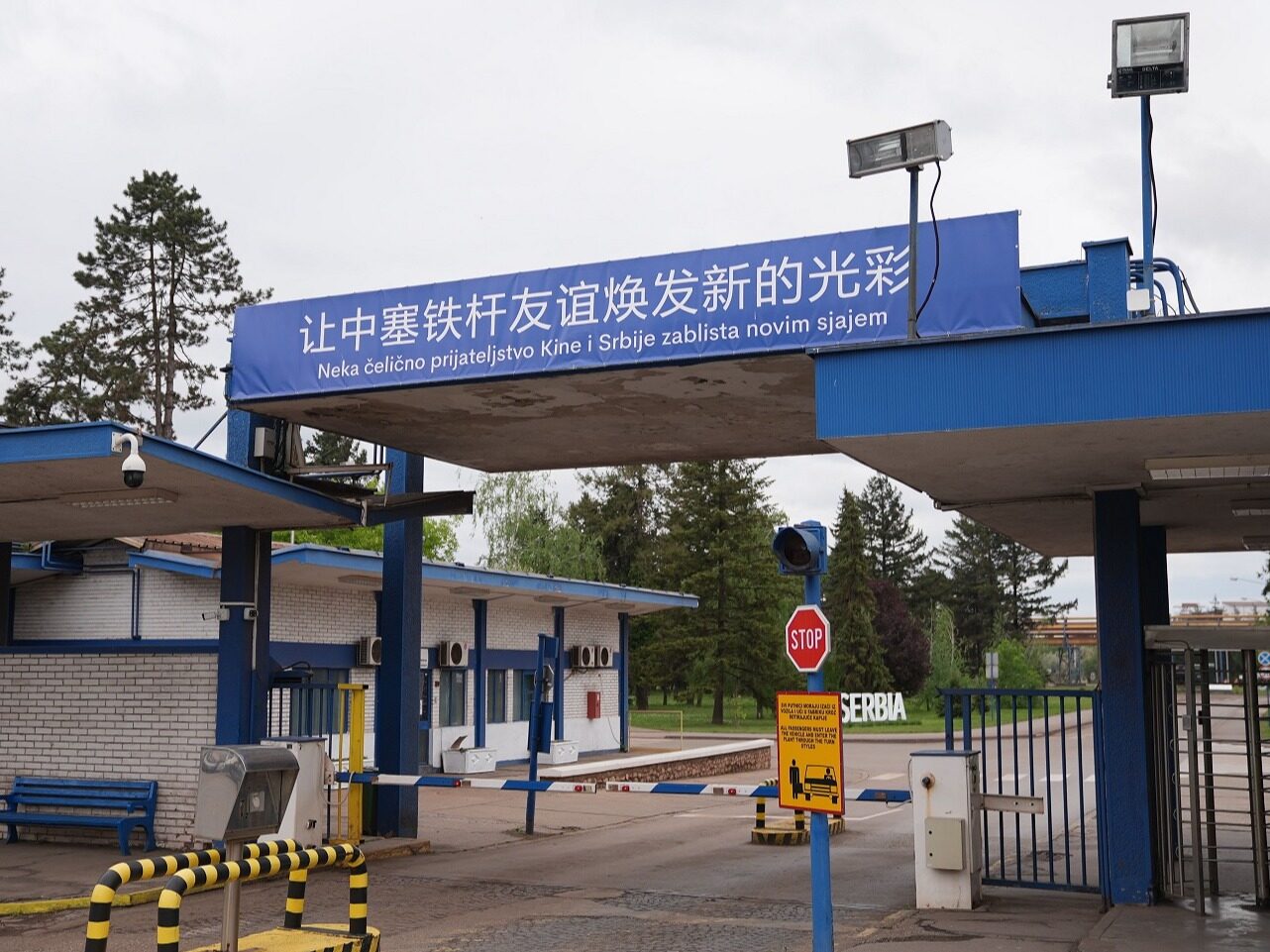
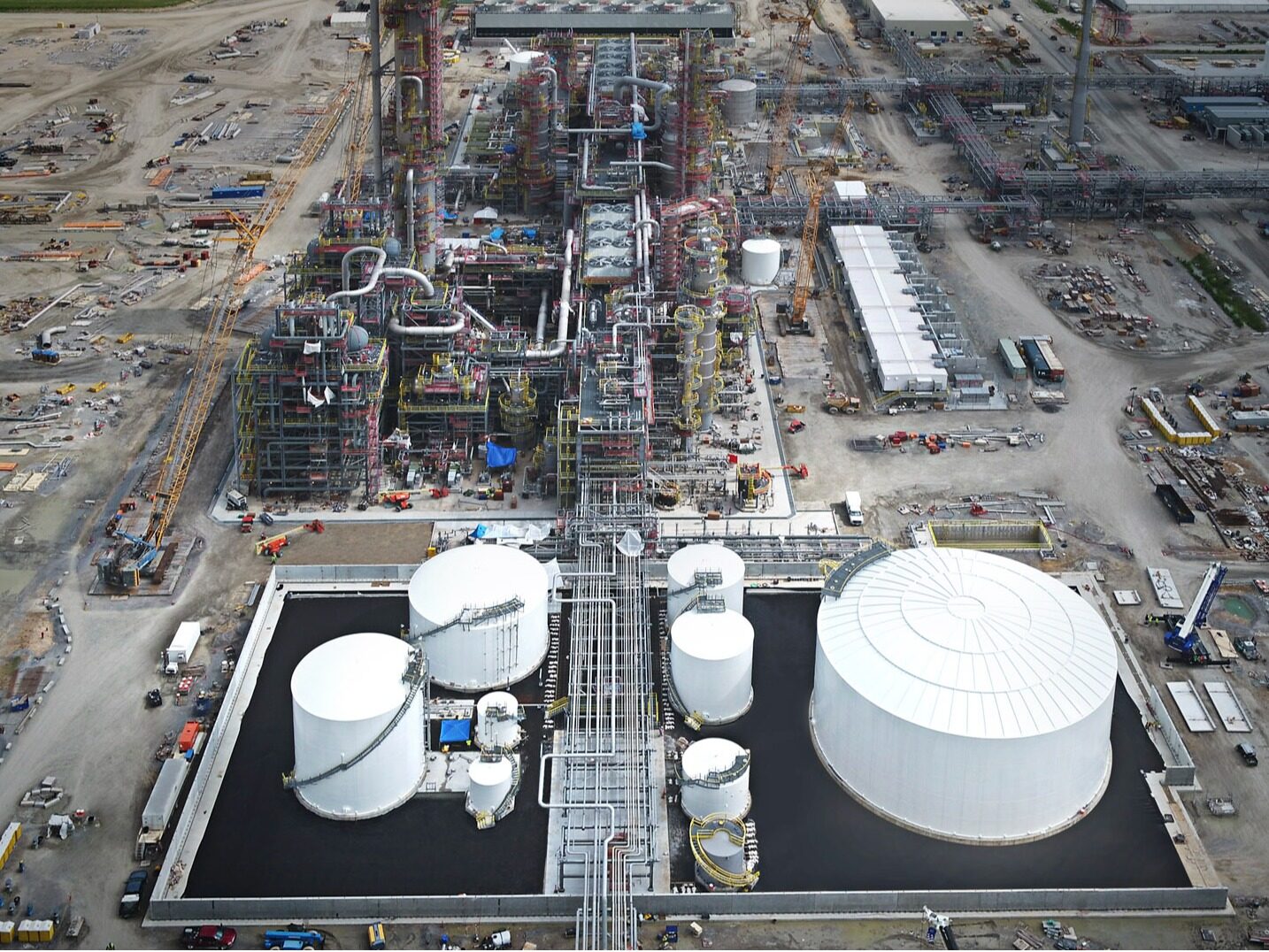
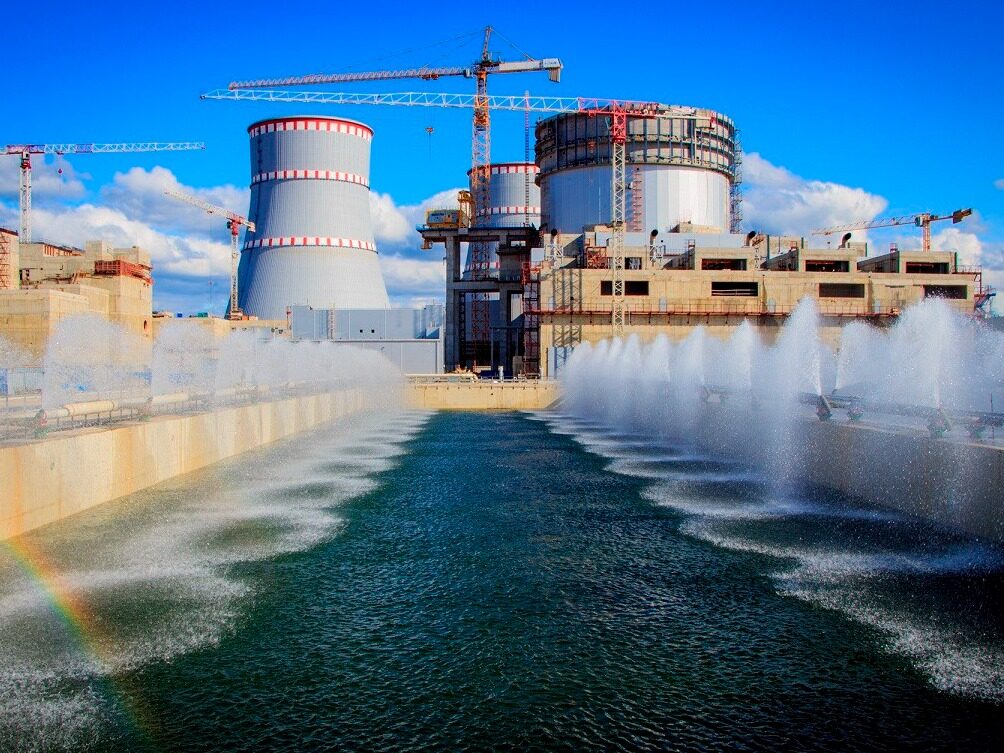
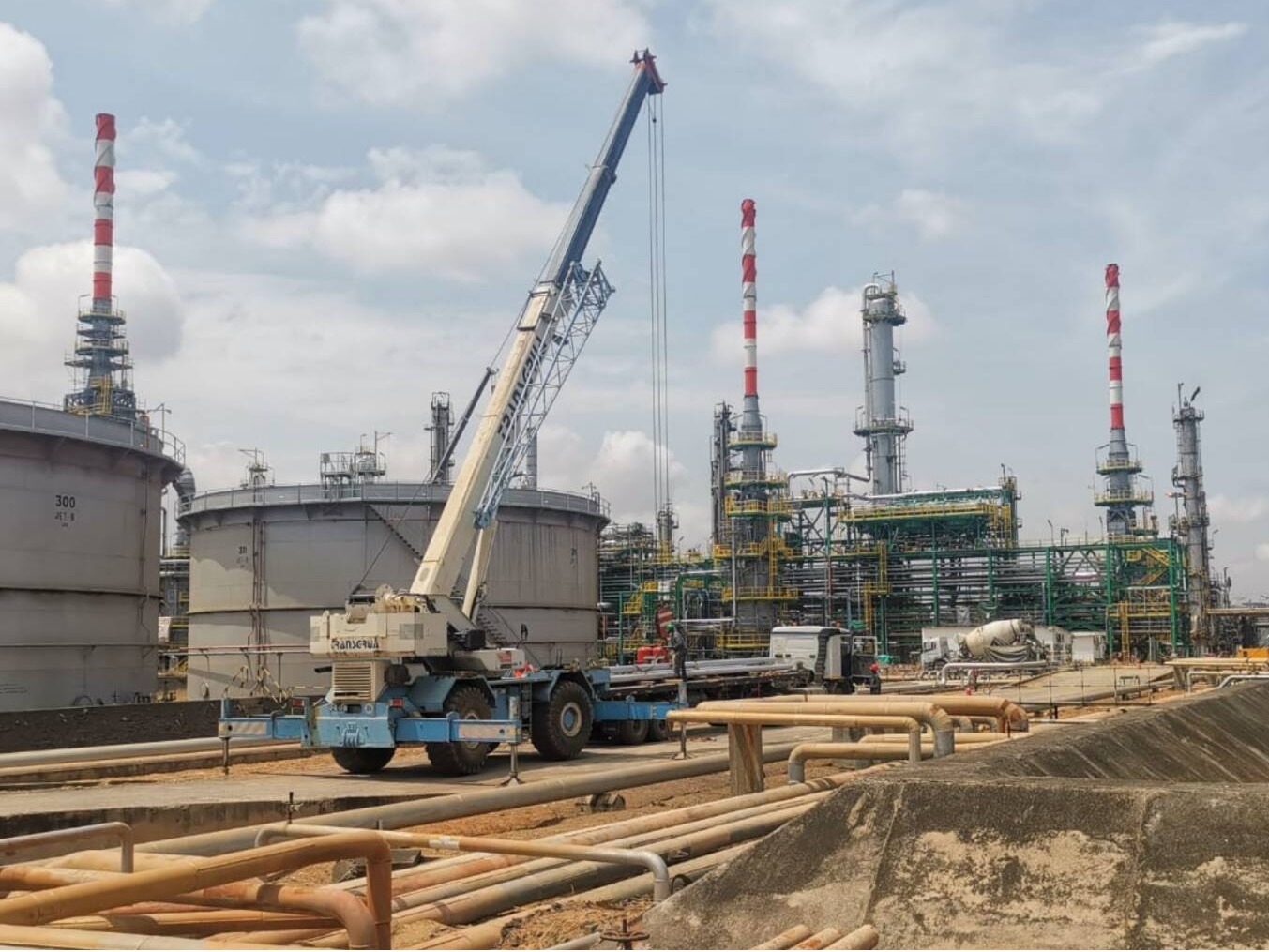






Write something~